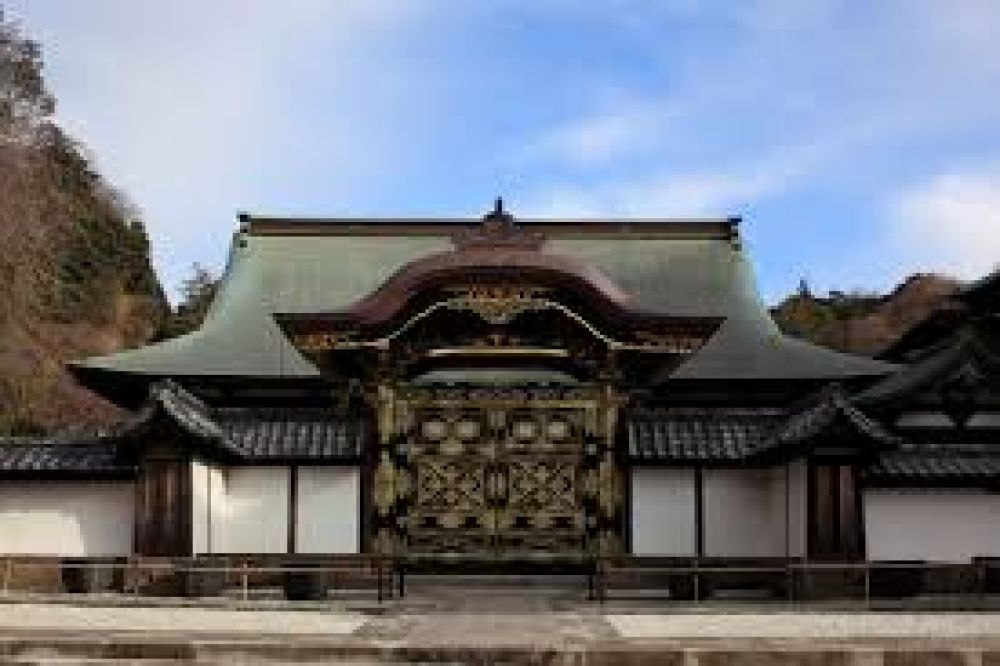

Founded in 1253 by the priest Rankei Doryu under the patronage of the ruling regent Hojo Tokiyori, Kenchoji Temple is the first of Kamakura's Five Great Zen Temples. With its extensive grounds and series of temple buildings, it has been a significant site for Zen Buddhism practice and a major destination for spiritual and cultural tourism for centuries.
Kamakura's emergence as a political center in the 12th century subsequently elevated it as a cultural and religious hub. As a result, religious tourism began to flourish here with the establishment of numerous temples and shrines. The historical importance of Kenchoji Temple lies in its origin as Japan's first Zen training monastery, introducing Zen practices to the samurai class and influencing the course of Japanese Buddhism.
Tourism at Kenchoji Temple and in Kamakura saw significant changes during the Meiji Restoration and continued to evolve throughout the 20th century. The site has been designated a cultural property and is noted for features like its large bell (a National Treasure), the Dragon painting on the ceiling of the Hatto (Dharma Hall), and its serene gardens, which attract cultural tourists and Zen practitioners alike.
The latest trends in tourism at Kenchoji Temple reflect a global interest in mindfulness, wellness, and cultural authenticity. Experiences such as Zen meditation sessions, temple stay programs, and traditional tea ceremonies are particularly appealing to international visitors seeking an immersive cultural experience. Additionally, there is a growing emphasis on sustainable tourism, with efforts to preserve the natural and cultural heritage of Kamakura while accommodating tourists. Eco-friendly practices and the promotion of off-peak visitation are part of these sustainability efforts.
Visitors to Kenchoji Temple today can explore the temple's historical buildings, partake in Zen meditation workshops, and stroll through the scenic temple grounds, featuring meticulously maintained Zen gardens. Seasonal events and flower viewning, particularly the cherry blossoms and autumn leaves, offer a time-honored connection to Japan's natural beauty and cultural rhythms. Accessibility improvements have made the site more receptive to a broader range of visitors, ensuring that the rich history and spiritual significance of Kenchoji remain a tangible part of Kamakura's living heritage.
The confluence of deep historical roots, cultural significance, and natural beauty makes Kenchoji Temple an essential stop for any traveler to Japan. As the shrine continues to balance respect for tradition with the evolving expectations of modern tourists, it stands as both a bastion of Japan's past and a beacon for its future in international travel.